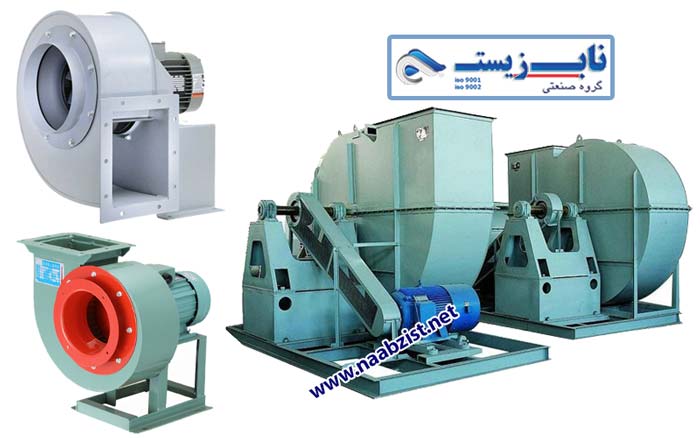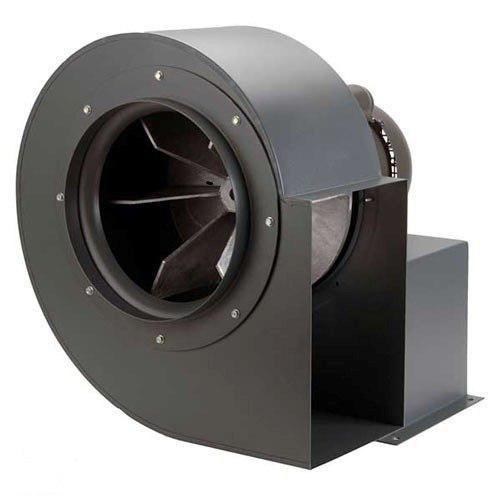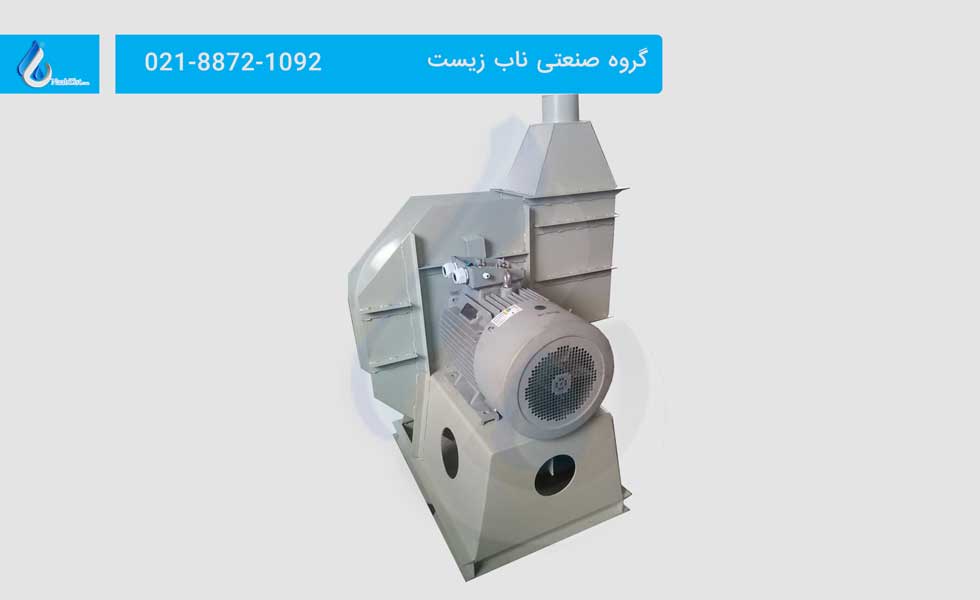What was the reason for the production or in other words the invention of the exhaust fan?
Clean air, the release of dirty air or in general the circulation of ambient air has been necessary for every human being to breathe clean and dust-free air since ancient times. For this reason, man has long sought to provide himself with the best possible conditions for living and breathing. For example, making a frame called a window for the entry and exit of air. Turning the wet cloth in the air manually to get oxygen in and out of the house, etc., all human activities have been aimed at air conditioning their living place. With these words, it is easy to understand how important the cleanliness of the surrounding air is for humans and what even basic measures have been taken by humans to achieve the results of this activity.
Needless to say, air conditioning is not only for the home, but includes all production halls and buildings. For example, if you are planning to build a poultry house, you must consider the proper ventilation system, as well as the inlets installed in the north and south of the hall.
Or if you work in a factory or workshop for turning, melting materials, etc., you must have noticed air suction hoods, ceiling fans, and even air suction channels.
if you want translate Click blow Link :
How to remove the air from the closed environment?
The best solution to create circulation and air conditioning in a closed environment is to use an exhaust fan or ventilator, which is very efficient and efficient, and this action requires very important calculations and preparations; In other words, the type of fan and its design depends on the volume of the environment based on cubic meters and the method of exhausting and entering fresh air.
So it should be concluded that the exhaust fan takes the air out or in from a place. So stay with us until the end of this article.
The literal meaning of exhaust fan is the exit of air with a fan (Exhaust + fan). Now this question may come to mind, what does the blowing of fans mean? This is where the exhaust fan sucks the outside air into the indoor environment. Pay attention to the following formula:
(suction fan) = indoor air → outdoor air
(blower fan) = indoor air → hall air
Air conditioning fans in different models and sizes (the criterion is the size of the device's propeller) are produced and offered in the market of customers and continue from the simple type of production to the advanced form (industrial air conditioner). The kitchen hood is the basic or simple type of exhaust fan.
The measurement rate of ventilators is measured by different parameters, which can be the power of the engine, CFM or the diameter of the propeller of the device.
Why should we use an exhaust fan and what does it do for us?
As it was mentioned to serve you, in any closed environment where you are present, there should be air circulation so that the exit and entry of air can be accepted by the exhaust fan. Now, depending on the needs of the closed space and the calculations made by the relevant expert and technician, an air exhaust fan or a suction fan and another type that is more commonly known as Fresh Air Fan or abbreviated as (FAF) in the market (mostly this abbreviation is used in European countries) has) to be installed and launched.
The important question here is whether it is possible to use exhaust fan and air blower (other names are blowers) in the same environment?
Answer: Yes. In many cases, in order to prevent the drop in air pressure that occurs due to the suction of air with the ventilator, there must be an air blower to compensate the volume of the outgoing air with the intake of fresh air. It means that air circulation is made possible by the suction and blowing action of the exhaust fan, and if the air in the environment is polluted, it is easily directed outside and the air in our closed environment is clean and breathable (especially in lathe workshops).
What is the blowing or sucking parameter of the exhaust fan?
The answer to the bending angle of the propeller. Yes that's right. If the bend of the propeller is towards the engine, it means that your device is of suction type and creates negative pressure in the environment, and vice versa if the bend is towards the outside (exit of the device); It is a blower and so called a positive pressure fan.
How the exhaust fan works (Backward Fan)
The main reason and function of this type of ventilator is to remove air from the environment (polluted air, air with toxic gases, dust, fine dust from turning and casting activities, and even the heat emitted from production furnaces, including chemicals, etc.) is.
So, if you pay attention, the relevant expert of each department should calculate the amount of suction of the fan to install the exhaust fan and estimate the amount of engine power based on the need. It is not without reason that different motor power is installed in air suction devices. Even if our fan is industrial or domestic, there are differences.
Sometimes it has been seen that polluted and toxic gases inside some factories cannot be directed directly out of the factory due to environmental reasons. So what is the solution?
We have two solutions:
1. Installing the filter at the beginning of the air channel
2. Installing a filter at the outlet of the device
The mechanism of both types is as we will explain:
In this way, we install a filter (depending on the environment, it can be a variable type, and we will name the types later in this topic)* that performs the ventilation function so that the outside air is free of germs and other toxic particles, so that the air that is released The fan does not cause disease in our ecosystem.
*Note: We have three types of filters:
• F4 aluminum filter
• Bag filter F9
• HEPA filter H13
The opposite point of the same operation is also raised in the exhaust of blower fans, so called the environment that injects the exhaust of the outside air into the interior through the action of filtration, is free of any germs and disease agents and is called a clean room.
Note: If we want to use a filter in the exhaust fan, it is generally known as a fan box in the market, which is how it should be. Because a frame must be connected to install the filter.
Pay attention, practically air filtration should be present in all working environments with chemicals, fortunately, the environmental department emphasizes this important issue during the industrial activities of factories, and they are not allowed to operate without the permission of this organization.
So far, we have only talked about the performance of the exhaust fan and how it works.
Now, we will provide you with information about the types of exhaust fans (exhaust fan shapes).
We have three fan shapes:
• Axial ventilator
• Ceiling fan
• Centrifuge fan exhaust
axial - wall - even window; All of this refers to the ventilation that the engine is mounted on the propeller and does not have a rotating air box, and most importantly, there is no need to install a channel.
Of course, it goes without saying that you can make ducts in the axial fan and it will not affect the air circulation.
The ceiling fan is the simplest type of exhaust fan that rotates the air inside and exchanges air with the outside and inside through windows, doors, inlets, etc.
Centrifuge means spinning around itself. So it is very natural that the centrifugal fan exhaust is called self-contained air circulation fan. Of course, these types of devices are also known as snail ventilators (due to their resemblance to snail shells).
Below are some important terms that are needed to calculate the exhaust fan, reading the catalog and the engine installed on the device:
Circulation Foot per minute (CFM): The amount of air that the exhaust fan moves in one minute in units of cubic feet.
Reverse Per Minute (RPM): Air rotation, motor rotation in one minute
KiloWat (KW): The amount of engine power that is equal to 1.32 times one horse (hp).




